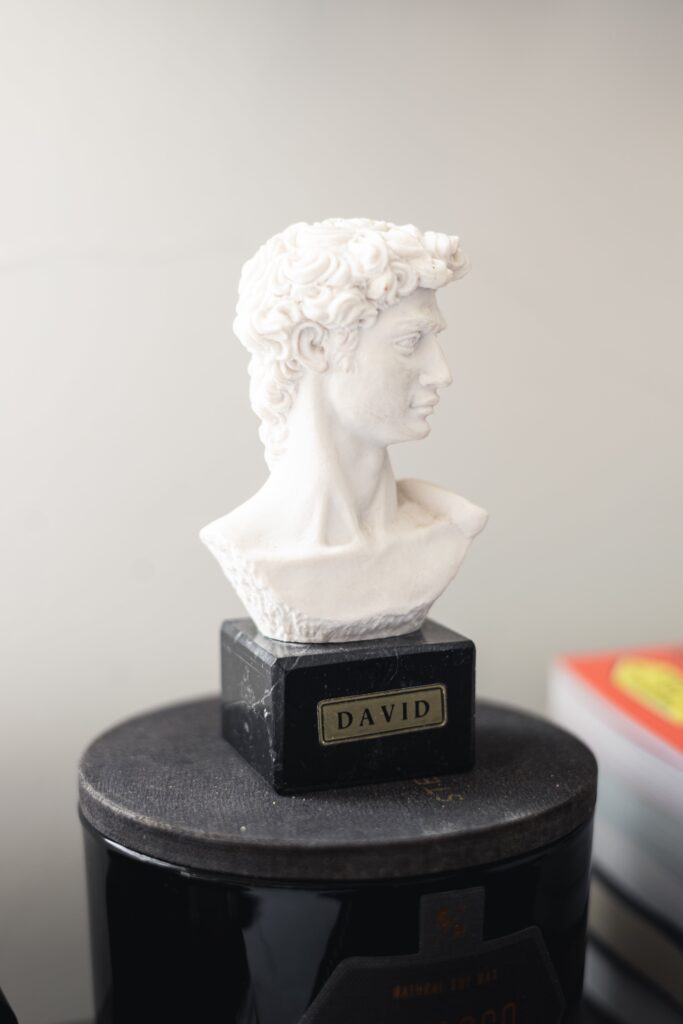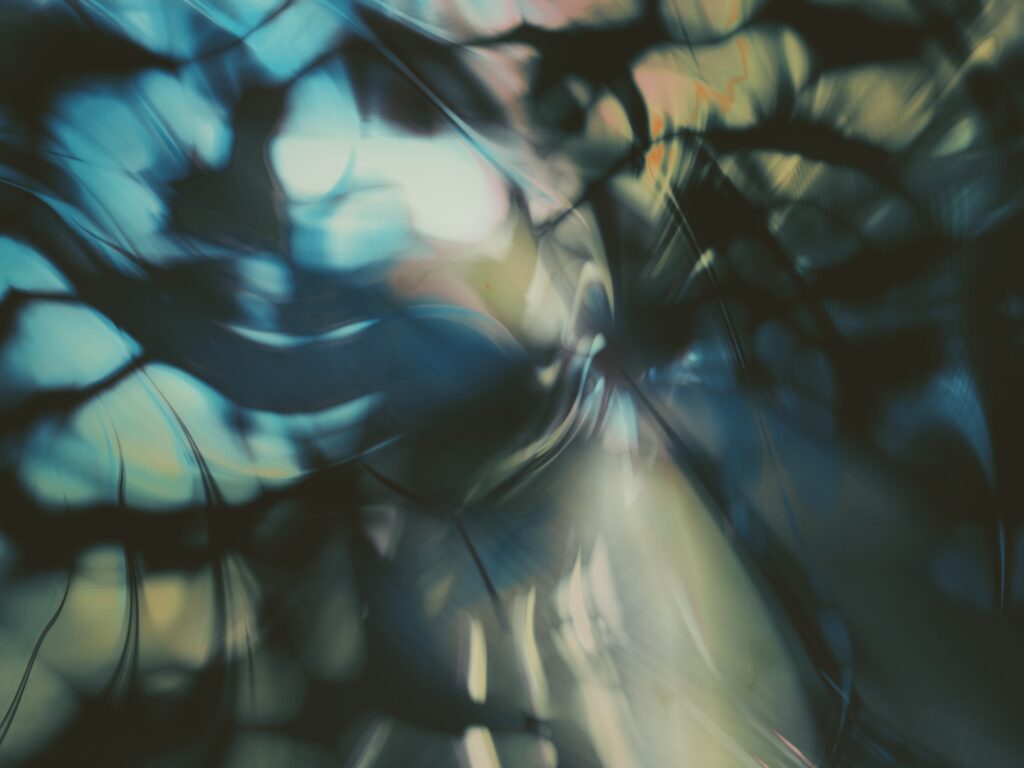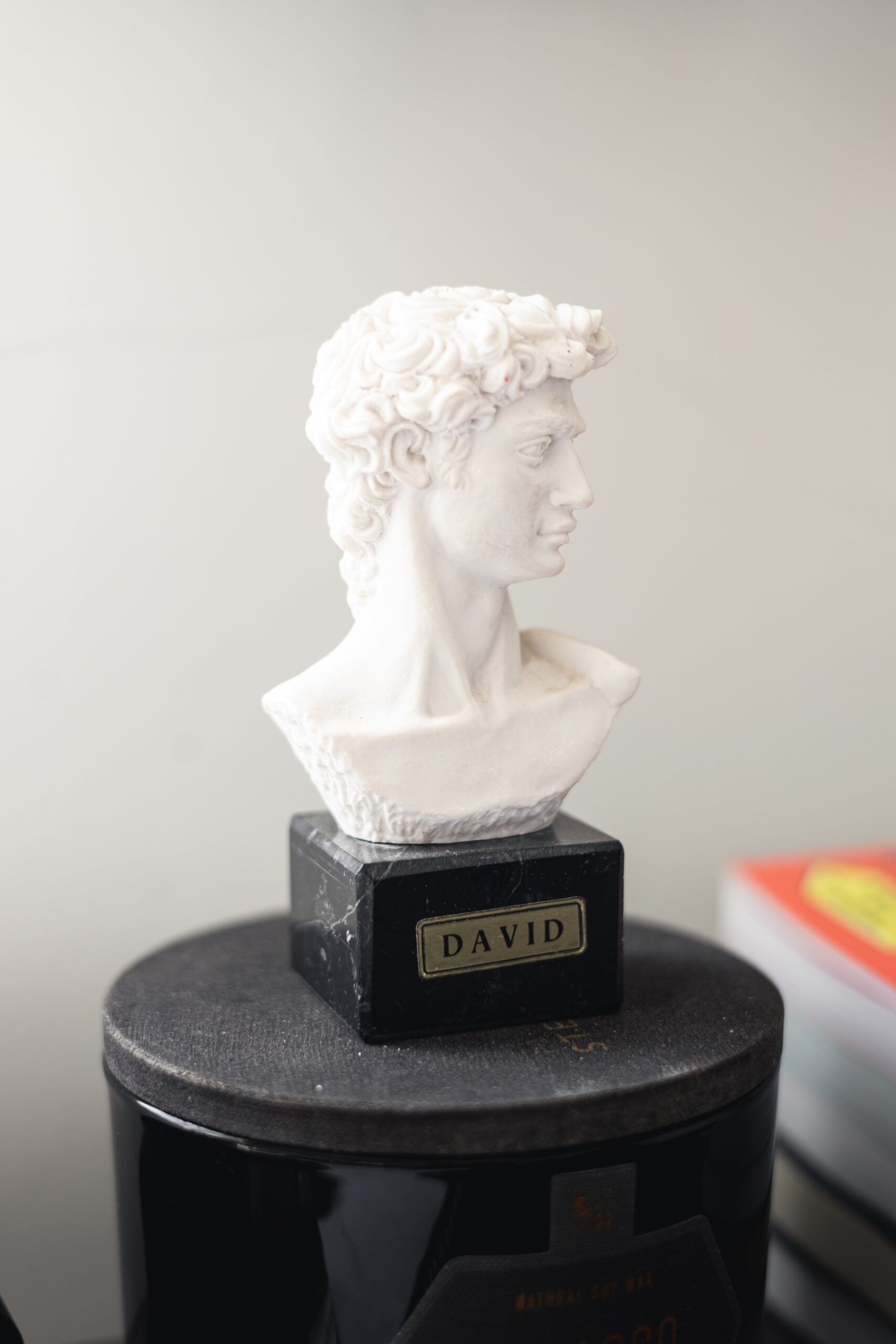Are you fascinated by the intricate details of mechanical artwork, but feel that they lack a certain liveliness? Look no further, as this article will unveil the top ways to breathe new life into your mechanical masterpieces. From incorporating movement and sound to adding unexpected elements, these techniques will take your artwork to the next level and captivate viewers in a whole new way. Get ready to embark on a journey of creativity and imagination as we explore the top ways to bring life to mechanical artwork.

Choose Interactive Elements
Include moving parts
Adding moving parts to your mechanical artwork can instantly make it more engaging and captivating. Whether it’s a spinning wheel, rotating gears, or a swinging pendulum, these dynamic elements add a sense of motion and intrigue to your creation. Imagine the delight on people’s faces as they witness your artwork come to life before their eyes!
Incorporate sound effects
Sound has the power to enhance the overall experience of your mechanical artwork. Imagine the click-clack of gears turning or the gentle chimes of bells as your artwork moves. By integrating sound effects, you can create a multisensory experience that captivates the imagination and adds a new layer of depth to your creation.
Integrate lighting effects
Lighting can transform the mood and ambiance of any artwork, and mechanical pieces are no exception. Consider incorporating LED lights that illuminate different parts of your artwork or even change colors. By experimenting with different lighting effects, you can create a mesmerizing visual spectacle that adds a touch of magic to your mechanical masterpiece.
Add Kinetic Motion
Use motors or wind-up mechanisms
If you want your mechanical artwork to have consistent and controlled movement, using motors or wind-up mechanisms can be a great option. Motors can drive various parts of your artwork, allowing for precise and continuous motion. On the other hand, wind-up mechanisms can create a sense of nostalgia and unpredictability as the energy stored in the mechanism powers the movement.
Utilize gears and pulleys
Gears and pulleys are essential components in creating complex and intricate mechanical systems. By utilizing them in your artwork, you can achieve synchronized and interconnected movement. Whether it’s a series of gears that rotate together or pulleys that transfer motion from one part to another, these mechanisms add a level of sophistication and visual appeal to your creation.
Create complex automaton systems
Automaton systems are mechanical devices that imitate the actions and movements of living beings. By creating complex automaton systems, you can infuse your artwork with a sense of wonderment and magic. Imagine a miniature figure that walks, waves, or plays a musical instrument. These intricate systems require careful planning and engineering, but the result is a truly captivating and enchanting piece of mechanical artwork.
Opt for Dynamic Designs
Experiment with asymmetry
Instead of following traditional symmetrical designs, consider embracing asymmetry in your mechanical artwork. Asymmetrical designs add a sense of uniqueness and intrigue, challenging the viewer’s expectations. By breaking away from the conventional, you can create visually arresting pieces that demand attention and spark curiosity.
Incorporate fluid shapes
Fluid shapes and organic curves can breathe life into your mechanical artwork. Instead of rigid angles, consider incorporating flowing lines and smooth transitions. These fluid shapes mimic the natural movements found in the world around us, giving your artwork a dynamic and captivating appearance.
Integrate contrasting elements
Contrasts in color, texture, or material can create visually striking and memorable artwork. For example, combining polished metal with rough wood or vibrant colors with muted tones can create a captivating visual tension. The juxtaposition of opposing elements adds depth and interest to your mechanical creations, making them visually engaging and thought-provoking.
Include Hidden Features
Conceal compartments or drawers
Adding hidden compartments or drawers to your mechanical artwork adds an element of surprise and discovery. Imagine the delight of uncovering a secret compartment that holds a hidden treasure or a personal message. These hidden features encourage exploration and interaction, making your artwork an interactive experience for the viewer.
Add secret mechanisms or switches
Integrating secret mechanisms or switches can add an element of intrigue and interactivity to your artwork. Imagine a hidden lever that, when activated, sets off a cascading series of movements and transformations. These hidden mechanisms engage the viewer’s curiosity, inviting them to uncover the secrets hidden within your artwork.
Hide surprises and unexpected elements
Surprises and unexpected elements can elevate your mechanical artwork from ordinary to extraordinary. Whether it’s a hidden pop-up figure, a concealed surprise sound effect, or an unexpected movement, these surprises delight and captivate the viewer. By incorporating these unexpected elements, you create a sense of wonder and anticipation, keeping the viewer engaged and enthralled.

Utilize Interactive Materials
Incorporate touch-sensitive surfaces
Adding touch-sensitive surfaces to your mechanical artwork allows viewers to physically engage with your creation. Imagine the satisfaction of touching a surface and triggering a movement or sound. By incorporating touch-sensitive materials, you create a tactile and interactive experience that invites people to actively participate and explore your artwork.
Use conductive materials for interactive controls
Conductive materials, such as copper or other metals, can be used to create interactive controls in your mechanical artwork. By connecting these materials to different components, viewers can manipulate and control the movement or sound of your creation. This hands-on interaction adds a level of engagement and interactivity that brings your artwork to life.
Include elements that respond to pressure or proximity
Incorporating elements that respond to pressure or proximity adds a sense of interactivity and intrigue to your mechanical artwork. For example, imagine a sculpture that emits a gentle sound or moves when someone approaches it. By incorporating sensors or pressure-sensitive mechanisms, you can create a dynamic and responsive artwork experience that interacts with viewers in unexpected ways.
Incorporate Digital Integration
Add programmable LED displays
Programmable LED displays offer endless possibilities for incorporating dynamic visuals into your mechanical artwork. They allow you to control and change the colors, patterns, and animations displayed, adding a layer of versatility and customization. From mesmerizing light shows to informative displays, programmable LED displays can enhance the visual appeal of your artwork and create a truly immersive experience.
Include interactive digital interfaces
By adding interactive digital interfaces to your mechanical artwork, you can create a bridge between the physical and digital worlds. Imagine a touch screen panel that allows viewers to control the movements, sounds, or lighting effects of your creation. These interfaces empower viewers to become active participants in the artistic experience, blurring the boundaries between art and technology.
Connect to mobile applications or online platforms
In today’s interconnected world, integrating your mechanical artwork with mobile applications or online platforms can open up a whole new realm of possibilities. Imagine viewers being able to control and interact with your artwork remotely through their smartphones. By connecting your creation to digital platforms, you can reach a wider audience and provide a truly immersive and interactive experience that transcends physical boundaries.

Embrace Sound and Music
Integrate musical mechanisms or instruments
Music has the power to evoke emotions and create a captivating atmosphere. By incorporating musical mechanisms or instruments into your mechanical artwork, you can bring a symphony of sounds to your creation. Imagine a mechanical sculpture that plays a beautiful melody or a kinetic installation that responds to a musical composition. The integration of music adds an enchanting and immersive dimension to your artwork.
Include speakers for sound effects or music
Speakers are another powerful tool to breathe life into your mechanical artwork. By adding speakers, you can play sound effects or music that correspond to the movements or actions of your creation. From ambient nature sounds to dramatic orchestral scores, the inclusion of sound adds depth, emotion, and a multisensory experience to your mechanical artwork.
Utilize sound-reactive elements
Incorporating sound-reactive elements in your mechanical artwork allows it to respond and create a symphony of movement in sync with ambient sounds. Imagine a sculpture that reacts to the sounds of nature or a mechanical installation that dances in response to music. By harnessing sound and creating a harmonious interaction, you can captivate viewers and immerse them in a multisensory experience.
Employ Multi-Sensory Elements
Incorporate scents or aromatherapy features
Adding scents or aromatherapy features to your mechanical artwork can transport viewers to different worlds, stimulating their sense of smell and creating a truly immersive experience. Imagine a sculpture that emits a gentle fragrance as it moves or an installation that releases bursts of scent in sync with its movements. These scents can evoke memories, emotions, and enhance the overall sensory experience of your artwork.
Include tactile surfaces or textures
Incorporating tactile surfaces or textures in your mechanical artwork invites viewers to physically engage with your creation. Imagine a sculpture with different textures that invite touch or a kinetic installation with movable elements that encourage interaction. By incorporating tactile elements, you create an artwork that appeals not only to the visual senses but also to the sense of touch, enhancing the overall sensory experience.
Integrate visual illusions or optical effects
Visual illusions and optical effects can create a sense of wonder and surprise in your mechanical artwork. By utilizing techniques such as reflection, refraction, or perspective, you can create mesmerizing visual illusions that defy logic and captivate the viewer. Whether it’s a hidden image that appears or disappears depending on the angle of view or a constantly changing pattern, these optical effects add layers of intrigue and engage the viewer’s sense of curiosity.
Make Use of Augmented Reality
Add augmented reality overlays
Augmented reality (AR) overlays provide a means to bridge the physical and digital worlds in your mechanical artwork. By adding AR elements, you can overlay digital animations, information, or interactive elements onto the physical components of your artwork. Imagine viewers being able to see hidden mechanisms or additional visual effects through their smartphones or AR glasses. By embracing AR technology, you can create an immersive and interactive experience that merges the virtual and physical realms.
Include interactive virtual elements
Incorporating interactive virtual elements into your mechanical artwork opens up a world of possibilities. Imagine viewers being able to manipulate the movements or appearance of virtual objects that interact with your physical creation. By creating these virtual interactions, you can create a dynamic and ever-changing experience that blurs the boundaries between reality and imagination.
Create interactive holographic displays
Holographic displays add a touch of futuristic magic to your mechanical artwork. By incorporating holographic technology, you can create three-dimensional virtual images that appear to float in mid-air. Imagine viewers being able to interact with holograms that respond to their movements or touch. By integrating interactive holographic displays, you can create a truly immersive and otherworldly experience that captivates and delights.
Consider Environmental Interaction
Integrate weather-responsive elements
Integrating weather-responsive elements in your mechanical artwork allows it to interact with the environment and create ever-changing displays. Imagine a sculpture that opens up like a flower when it’s sunny or a kinetic installation that moves differently depending on the wind speed. By adding weather sensors or utilizing natural forces, you can create an artwork that reflects and interacts with the surrounding climate, making it a dynamic and living entity.
Include solar-powered features
Incorporating solar-powered features in your mechanical artwork not only makes it environmentally friendly but also adds a sense of sustainability and self-sufficiency. Imagine an installation that moves using solar energy or a sculpture that lights up at night thanks to stored solar power. By harnessing the sun’s energy, you can create artwork that embraces renewable resources and becomes a symbol of harmony between art and nature.
Utilize motion sensors for interactive responses
Motion sensors provide a means for your mechanical artwork to react and respond to the presence or movement of viewers. Imagine an installation that comes to life as someone walks by or a sculpture that changes its path based on the viewer’s position. By utilizing motion sensors, you create an interactive experience that engages viewers and creates a sense of connection between the artwork and its audience.
In conclusion, there are countless ways to bring life to mechanical artwork. From incorporating moving parts, sound effects, and lighting to embracing kinetic motion, dynamic designs, and hidden features, the possibilities are limitless. By utilizing interactive materials, digital integration, sound and music, multi-sensory elements, augmented reality, and environmental interaction, you can create truly captivating and immersive artworks that engage the senses, inspire wonder, and leave a lasting impression on anyone who experiences them. So let your imagination run wild, and bring your mechanical creations to life in ways that mesmerize and delight.

